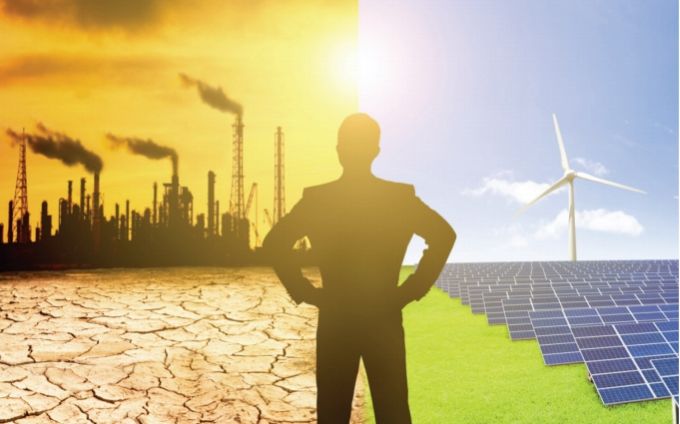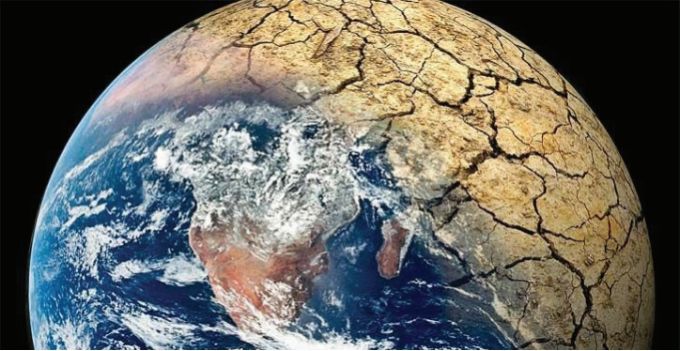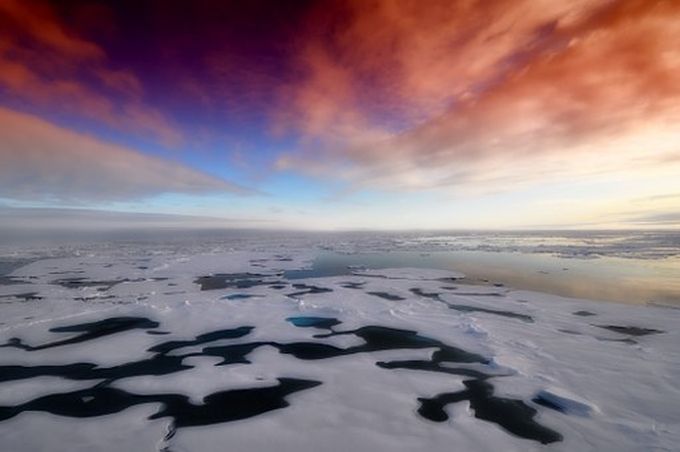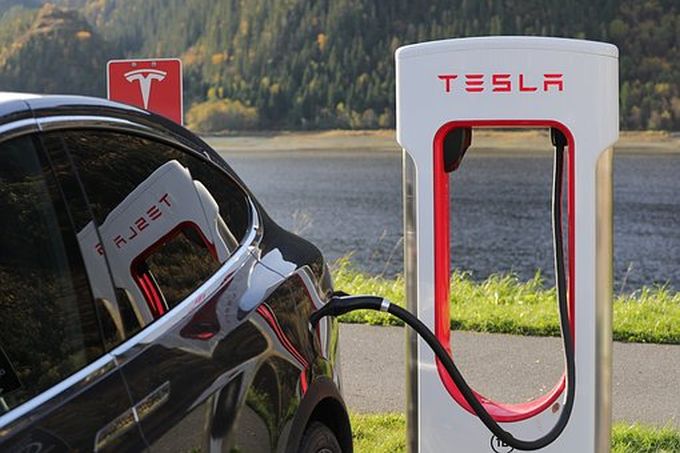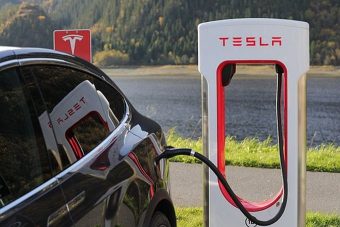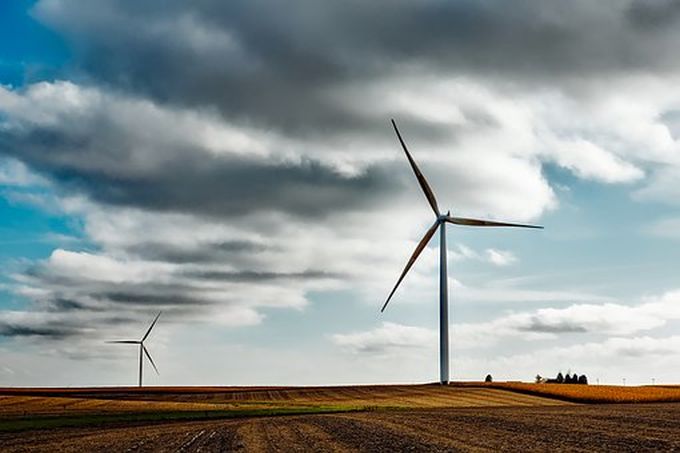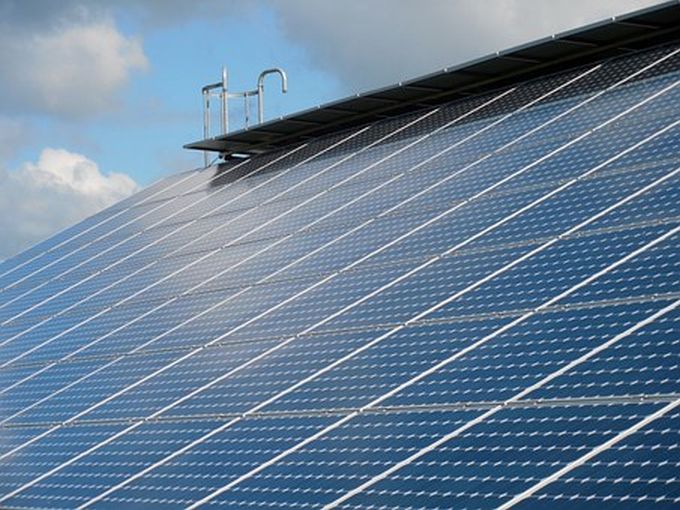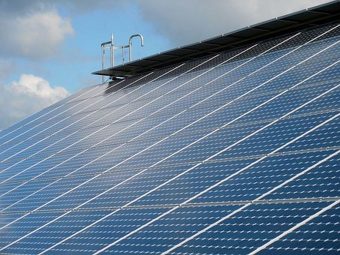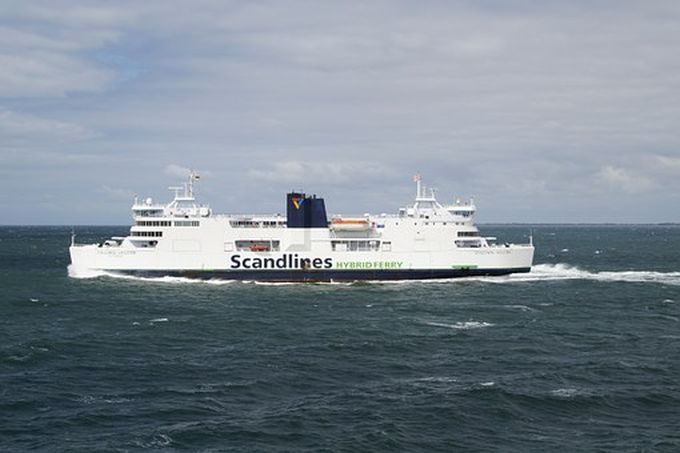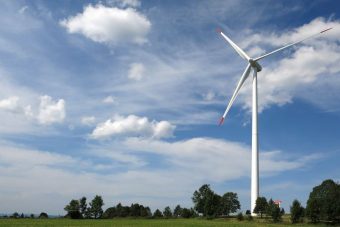
South Australia set a new record for wind output on Tuesday, the Anzac Day public holiday, reaching 1,540MW just before midnight – a significant lift on its previous record of 1,400MW set just two weeks earlier.
The Australian Energy Market Operator says it was forced to intervene to ensure that at least two gas-fired generators remained on line – and it imposed controlled pricing over the period to ensure that occurred.
AEMO has been required to have at least two large gas generators working at all times under new rules imposed by the South Australia state government last year following the state-wide blackout in September and other rolling stoppages since then.
It is interesting to note that the surge in wind energy in the late evening came just as the state’s electric hot water systems are switched on under their controlled load arrangements. This represents around 190MW of demand, and was timed to switch on then to give the coal generators something to do at night-time. They, of course, are now closed.
Source: cleantechnica.com




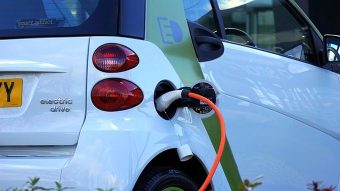
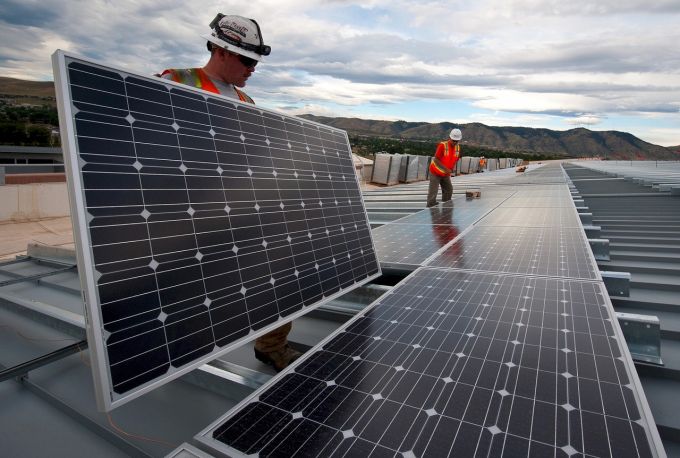
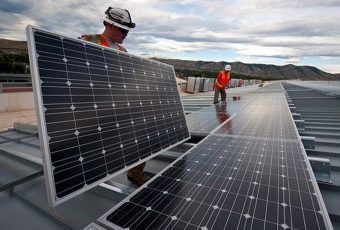
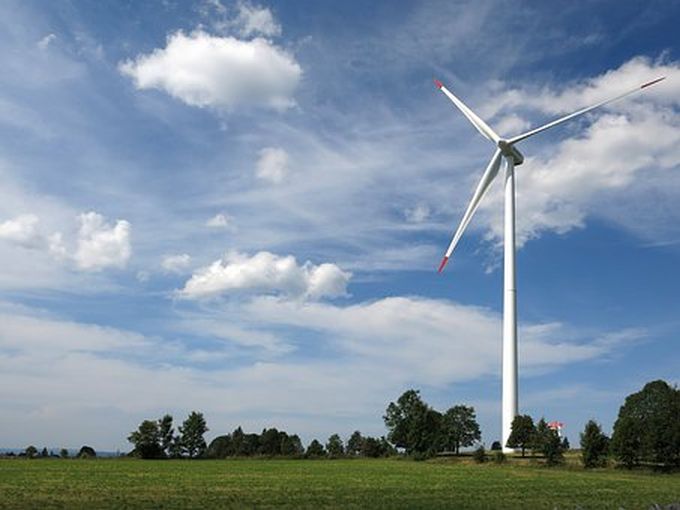
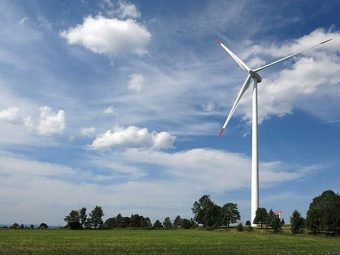


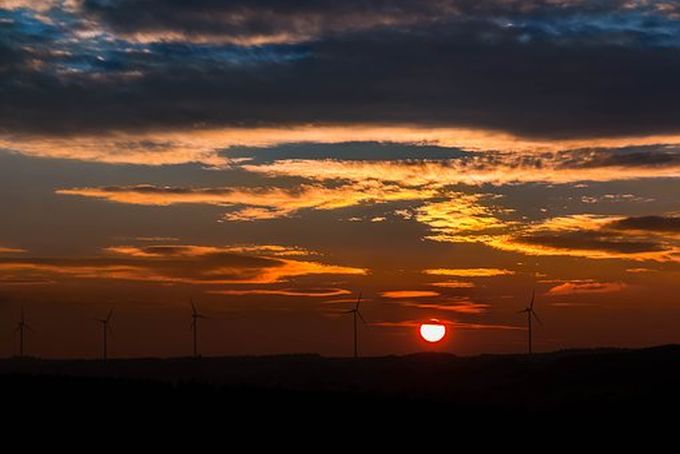

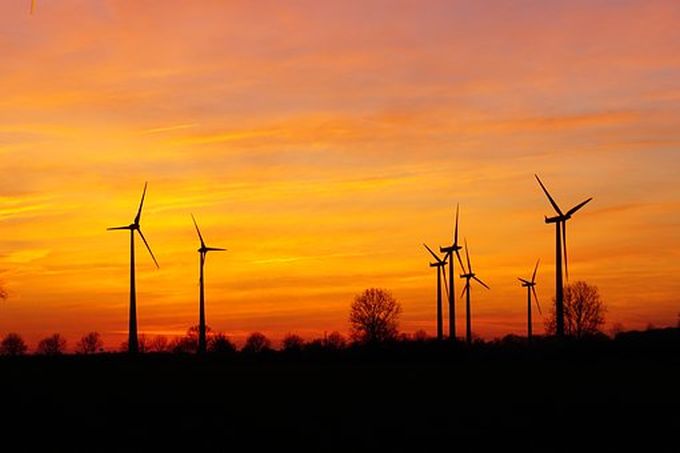




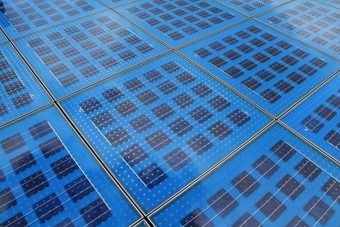
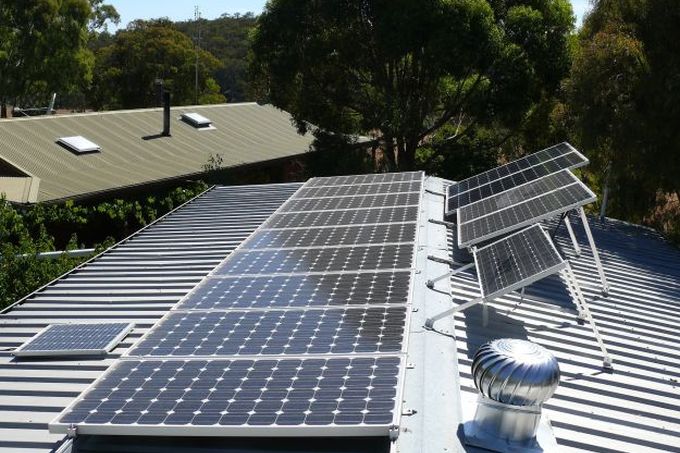
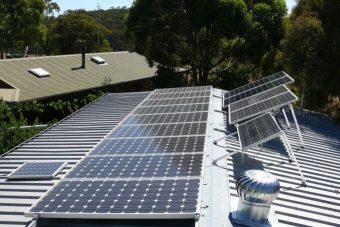
 According to all indicators, 2015 was a record year for the
According to all indicators, 2015 was a record year for the